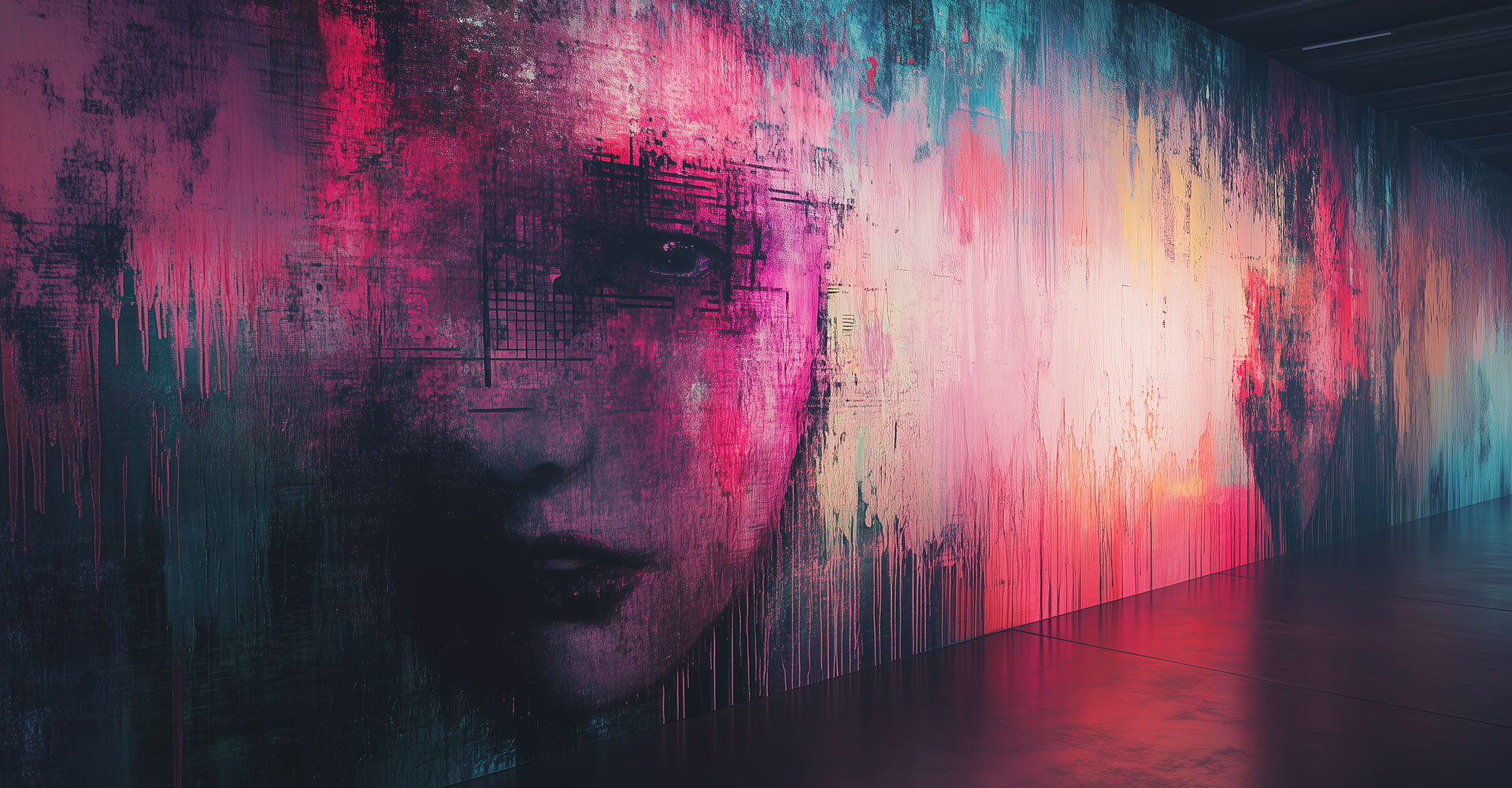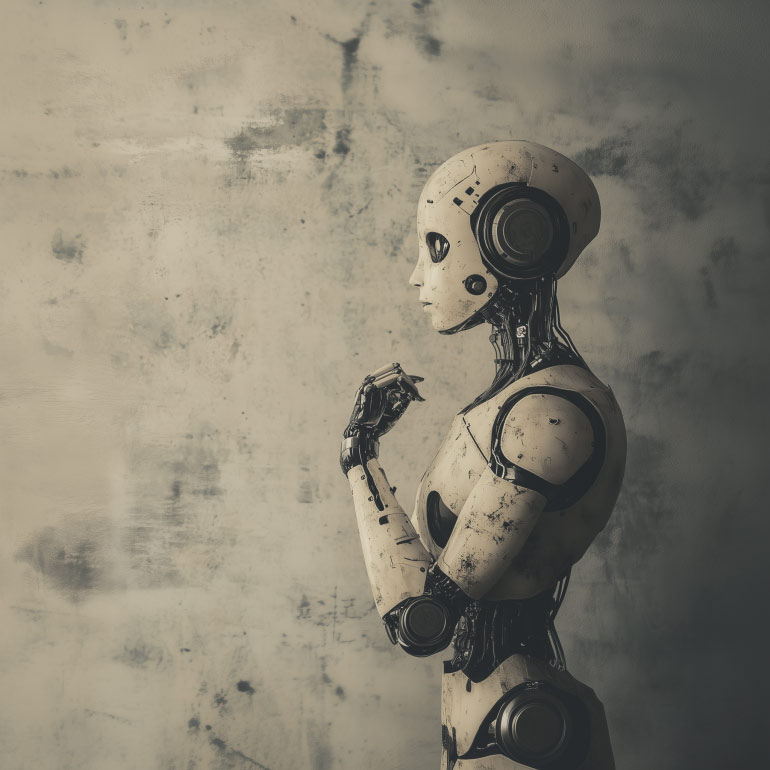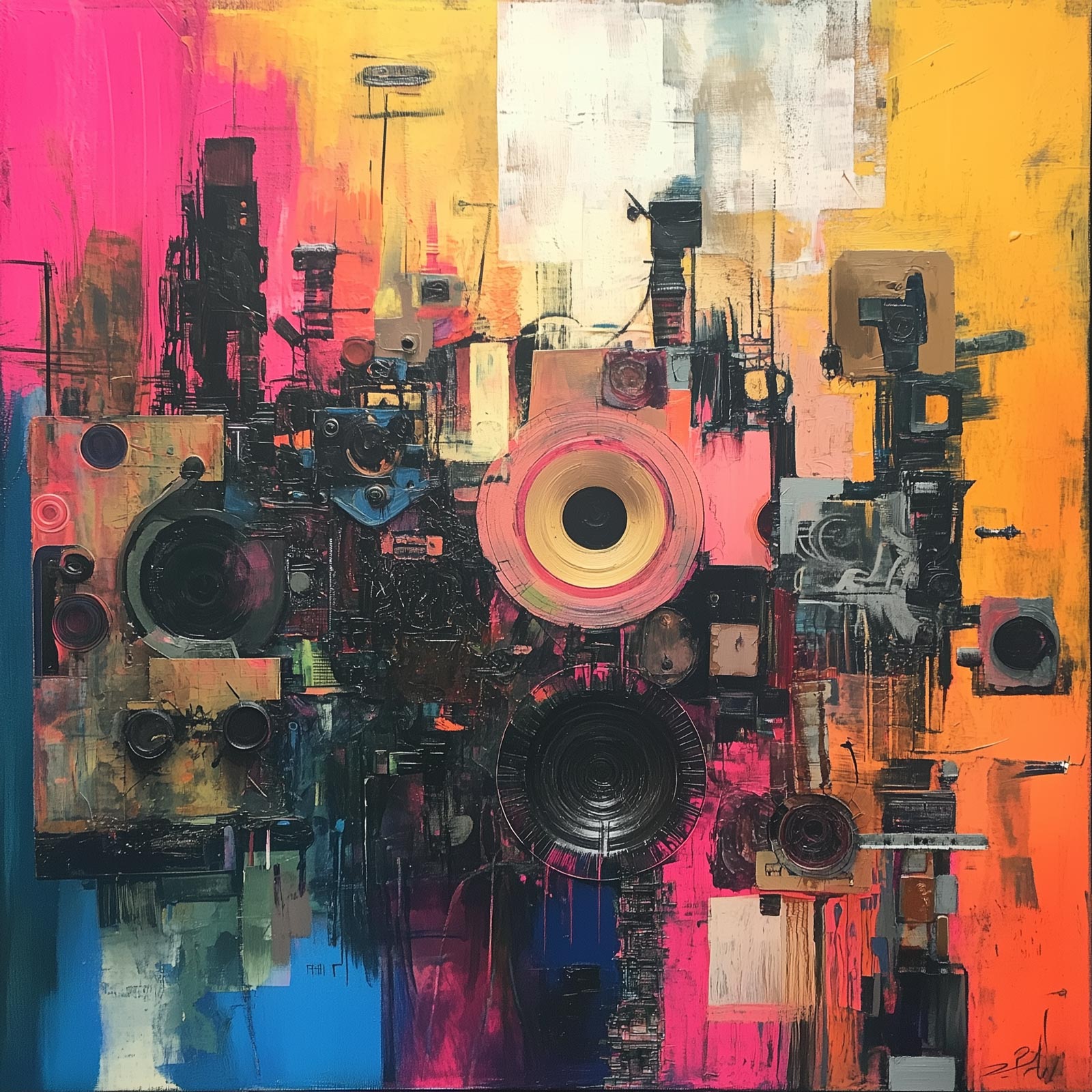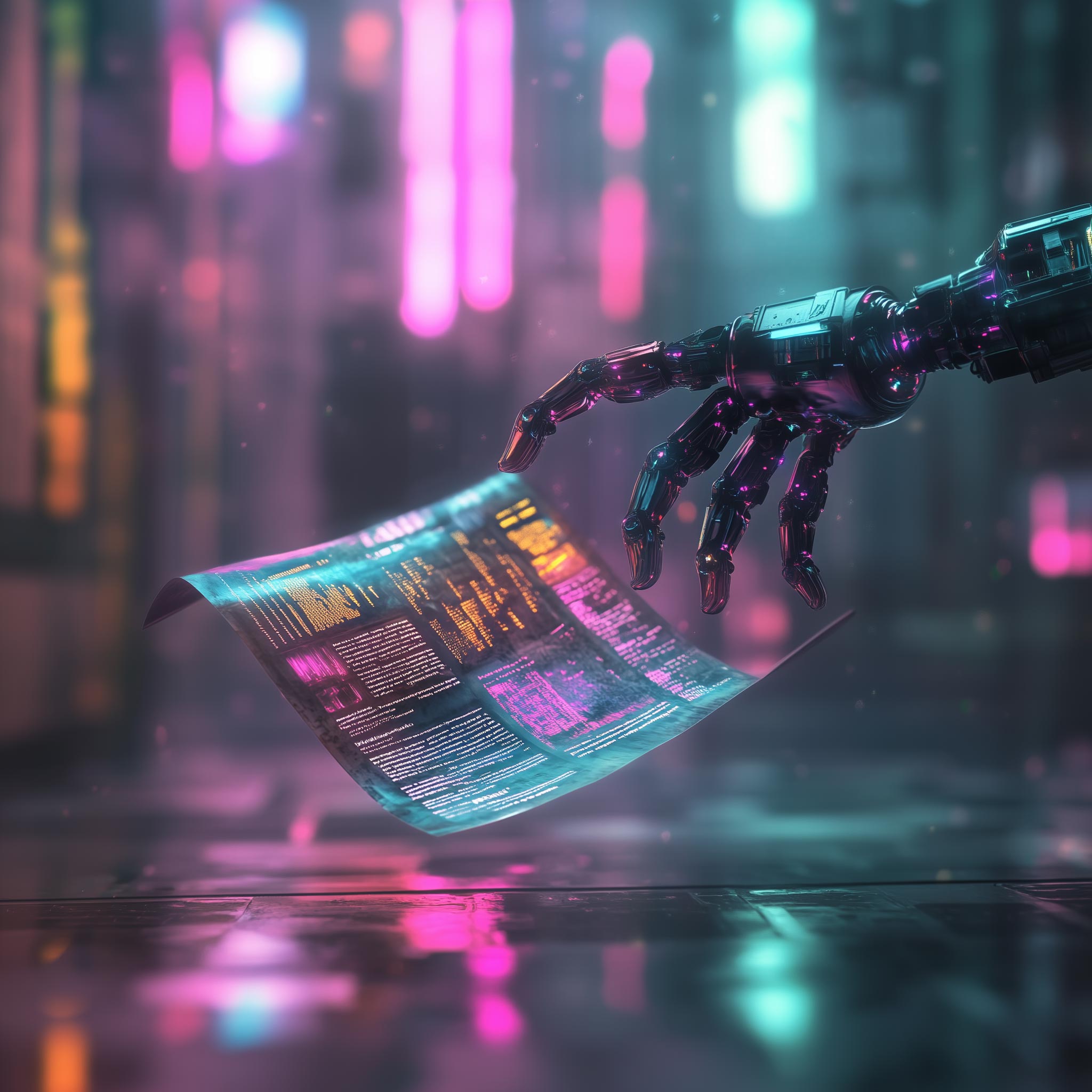In October 2018, Christie’s auctioned off a rather blurry portrait of a fictional man of the cloth, Edmond de Belamy. It looked like someone had tried to paint Henry VIII through a foggy window. Estimated to fetch $10,000 at best, it sold for over $432,000. The kicker? It was generated by an algorithm.
The portrait bore no signature—just a mathematical formula. Cue media frenzy. Art world: rattled. Tech world: buzzing. Artists: divided. Welcome to the age of AI art.
This article unpacks the story of how machines started muscling into museums. We explore the tech, the ethical dust-ups, the market madness, and ask: is this the future of art, or just another digital gimmick?
What Even Is AI Art?
To the uninitiated, “AI art” might sound like robots painting sunsets. But it’s really just the latest chapter in generative art. Think of it like this:
- Generative Art = Artist writes the rules; code does the painting.
- AI Art = Artist trains a machine, then pokes it with prompts until it spits out something intriguing (or terrifying).
AI art uses models like GANs (Generative Adversarial Networks) or Diffusion Models. These models are trained on mountains of images (sometimes without asking the original artists—oops) and can now create anything from moody Renaissance-style portraits to flamingo-powered space operas.
The Tech (A Quick Nerd-Out)
- GANs: Two neural networks argue—one tries to fake an image, the other tries to spot the fake. Over time, the faker gets good. Like, gallery-worthy good.
- Diffusion Models: Start with noise, then reverse it into an image based on a text prompt. It’s a bit like watching chaos resolve into clarity—magical, if a bit processor-hungry.
Popular tools include:
- Midjourney – Stylised and surreal.
- DALL·E 3 – Brainy and literal.
- Stable Diffusion – Open source and customisable.
- Adobe Firefly – Plays nice with Photoshop and keeps copyright lawyers happy.
A History of Freakouts: Tech vs Art
Whenever a new tech shows up, artists panic. It’s tradition. Fear, after all, is a loyal companion to change.
- Photography (1800s): “It’s not art, it’s just chemistry!” Early critics scoffed at the camera’s mechanical eye. They said it required no imagination, just a tripod and daylight. Fast forward, and you’ve got Ansel Adams and Cindy Sherman hanging in museums.
- Digital art (1990s): “That’s just computer stuff!” Cue the hand-wringing over Photoshop, Wacom tablets, and vector graphics. But today? Digital artists sell work at Art Basel and animate Oscar-winning films.
- AI art (Now): “That’s not you, it’s your laptop!” Sound familiar? Every era has its Luddite moment, and AI is just the latest creative scapegoat.
And yet… photography became art. So did digital. And AI will too—if it finds its own visual language.
Right now, we’re in the ‘Van Gogh filter’ phase: AI mimicking past masters like it’s cramming for a Renaissance exam. But the next step? That’s where it gets exciting.
Imagine an aesthetic that’s unapologetically machine-born—glitches as texture, surreal juxtapositions, dreamlike logic that bends the rules of physics and form. We’re starting to see it: algorithmic cubism, digital hallucinations, prompts that result in the kind of visual poetry no human would think to paint.
The moment AI stops dressing up like Rembrandt and starts embracing its inner weirdness—that’s when we’ll know it’s grown into its own voice. And just like before, the art world will grumble… then adapt… then marvel.
Who’s Making (and Selling) This Stuff?
- Refik Anadol – A true showman of the AI art scene. His immersive “data sculptures” blend neuroscience, architecture, and machine learning to create enormous, hypnotic projections. His Machine Hallucinations series has toured globally and become a symbol of AI’s aesthetic potential. One work sold at Christie’s for $277k.
- Sougwen Chung – Part artist, part inventor. She performs alongside a robotic arm trained on her past brushstrokes—blurring the line between choreography and code. Her performances are meditative, like watching jazz drawn in real-time by two minds: one human, one artificial.
- Obvious Collective – The French trio that ignited the mainstream AI art boom with Edmond de Belamy. Though their use of open-source code by Robbie Barrat raised eyebrows, their marketing savvy turned a backroom experiment into a front-page sensation.
- Ai-Da the Robot – Equal parts installation, provocation, and headline magnet. Ai-Da is an android artist who draws from live models, writes poetry, and once held a solo exhibition at the Design Museum. Her portrait of Alan Turing sold for over $1 million. Performance art? PR stunt? Either way, it worked.
- Anna Ridler – An artist working critically with AI to explore data bias, control, and the economics of attention. Her Mosaic Virus uses tulip imagery generated by AI, manipulated in real time based on the price of Bitcoin—a modern take on speculative bubbles through botanical aesthetics.
- Holly Herndon & Mat Dryhurst – Not just artists but digital rights activists. They’re building tools that help people control how their identities are used in training data. Their project Spawn explores vocal identity by training an AI voice model on Herndon’s singing.
The art world is divided:
- Traditionalists cry “fraud!”—lamenting the erosion of skill, authorship, and soul.
- Tech-savvy collectors shout “future!”—thrilled by the blend of novelty, disruption, and scalable creativity.
- Millennials and Gen Z? They’re minting, sharing, and buying it up like it’s the new pop-art-meets-crypto craze.
The battleground isn’t just about beauty—it’s about ownership, control, and what it means to be original in a world of infinite remixing.
Conclusion: The Post-Human Aesthetic
AI-generated art is not a passing fad—it’s a full-blown creative revolution. But like all revolutions, it brings both exhilaration and upheaval.
We’re entering a new era where creativity isn’t limited by hand, brush, or even conscious thought. It’s expanding into realms shaped by prompts, algorithms, and neural nets. And while it may look mechanical to some, the truth is this: it’s still fuelled by human imagination.
Because even the most advanced generative model needs a spark—an idea, a story, an emotional driver—that only a human can provide.
Generative AI is simply another tool, like oil paint or a camera. It doesn’t replace creativity. It magnifies it. It lowers the barriers to entry, allowing more people to explore their imagination like never before. And in the hands of a thoughtful creator, it’s not just a tool—it’s a collaborator.
Whether the art world embraces it fully or not, one thing’s clear: the algorithmic muse has arrived. And if we’re willing to meet it halfway, it might just teach us something new—not only about what art is, but about what it means to be human.



